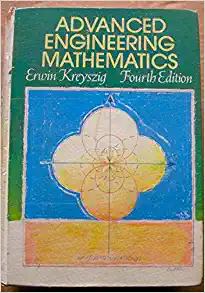Answered step by step
Verified Expert Solution
Question
1 Approved Answer
AutoWrecks, Inc. sells auto insurance. AutoWrecks keeps close tabs on its customers' driving records, updating its rates according to the trends indicated by these

AutoWrecks, Inc. sells auto insurance. AutoWrecks keeps close tabs on its customers' driving records, updating its rates according to the trends indicated by these records. AutoWrecks' records indicate that, in a "typical" year, roughly 70% of the company's customers do not commit a moving violation, 10% commit exactly one moving violation, 15% commit exactly two moving violations, and 5% commit three or more moving violations. This past year's driving records for a random sample of 100 AutoWrecks customers are summarized by the first row of numbers in the table below. That row gives this year's observed frequency for each moving violation category for the sample of 100 AutoWrecks customers. The second row of numbers gives the frequencies expected for a sample of 100 AutoWrecks customers if the moving violations distribution for this year is the same as the distribution for a "typical" year. The bottom row of numbers contains the following value for each of the moving violation categories. (fo-fg) (Observed (Observed frequency-Expected frequency) JE Expected frequency Part 1 Fill in the missing values in the table. Round your responses for the expected frequencies to two or more decimal places. Round your (So-SE) JE responses to three or more decimal places. Exactly one violation Exactly two violations Three or more violations Total Observed frequency Jo Expected frequency JE No violations 68 7 10.00 (10-1) JE 0.900 222 22 3 100 5.00 0.800 Part 2 Answer the following to summarize the test of the hypothesis that there is no difference between this year's moving violation distribution and the distribution in a "typical" year. Use the 0.10 level of significance for the test. 1. Type of test statistic: a. Z b. t c. Chi-Square d. F Degrees of freedom (if applicable): 2. The value of the test statistic: (Round your answer to at least two decimal places.) 3. The p-value: (Round your answer to at least three decimal places.) 4. Can we reject the hypothesis that there is no difference between this year's moving violation distribution and the distribution in a "typical" year? a. Yes b. No
Step by Step Solution
There are 3 Steps involved in it
Step: 1

Get Instant Access to Expert-Tailored Solutions
See step-by-step solutions with expert insights and AI powered tools for academic success
Step: 2

Step: 3

Ace Your Homework with AI
Get the answers you need in no time with our AI-driven, step-by-step assistance
Get Started


